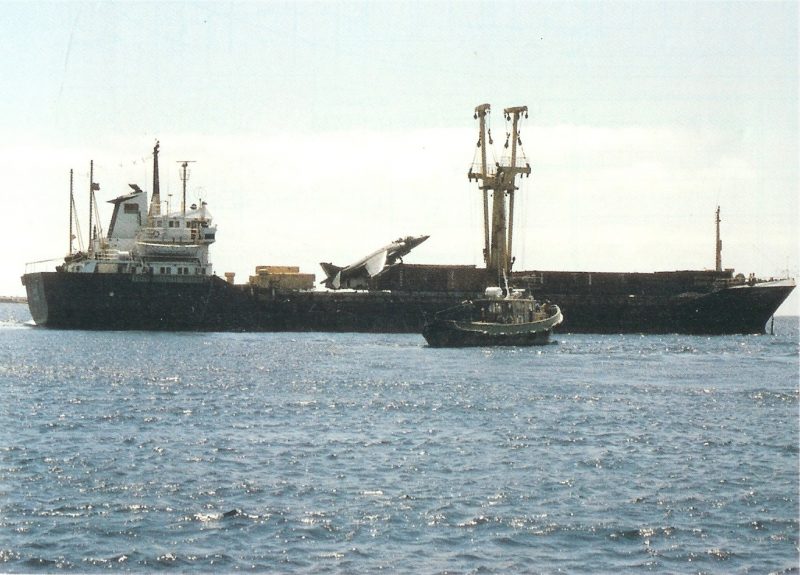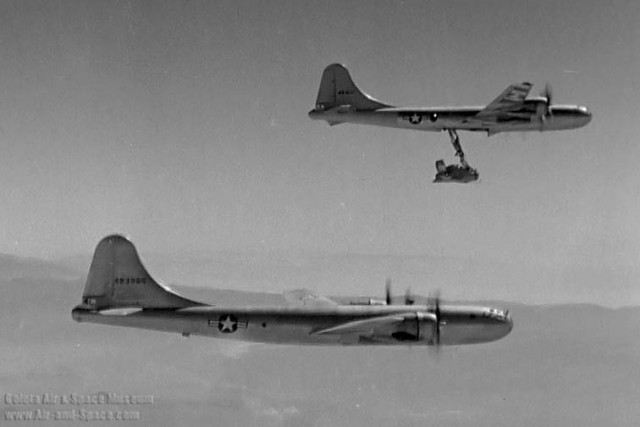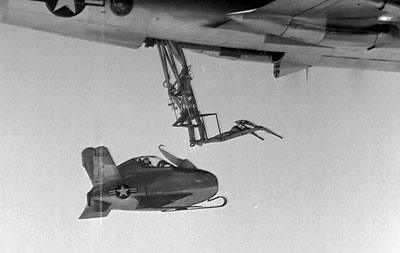- Reaction score
- 147
- Points
- 710
This will sure please Trump and Lockheed Martin--PM Shinzo Abe knows how to handle the president a lot better than Justin Trudeau and Chrystia Freeland:
Mark
Ottawa
With massive F-35 increase, Japan is now biggest international buyer
Japan will officially increase its order of F-35 Joint Strike Fighters, including procurement of the F-35B model — making the Pacific nation the second-largest buyer of the Lockheed Martin-made jet.
Tokyo previously planned to procure 42 F-35A models. However, a source close to the program confirmed that Japan will be adding 63 F-35A models, as well as 42 F-35B models, for a total of 147 F-35 fighters.
The announcement, anticipated for weeks, was rolled out as part of Japan’s new defense plan Tuesday [Dec. 18].
The package would make Japan second only to the United States in terms of procured F-35s, with the United Kingdom (138 total fighters [that's pretty iffy, esp. with Brexit in view and likely declining pound]) now third. Japan also becomes the fourth user of the "B" model, joining the U.S. Marine Corps, the United Kingdom’s Royal Air Force and the Italian Navy [emphasis added].
From an operational standpoint, the decision to procure the F-35Bs are notable, as it comes hand in hand with a plan to use an existing ship design as an aircraft carrier. The presence of Japanese carriers armed with F-35Bs would be a clear signal of power projection to China, analysts have said, and also ease coordination with U.S. Marine Corps F-35Bs already stationed in Japan [emphasis added]. Japan is in the process of standing up its first operational F-35 unit.
Since coming to office, U.S. President Donald Trump has made increasing arms sale abroad a key effort, with Japan a frequent target.
In a company statement, prime contractor Lockheed Martin called the decision “a testament to the aircraft’s transformational capability and its increasing role in promoting regional stability and enhancing the US-Japan security alliance.”
https://www.defensenews.com/global/asia-pacific/2018/12/18/with-massive-f-35-increase-japan-is-now-biggest-international-buyer/
Mark
Ottawa









